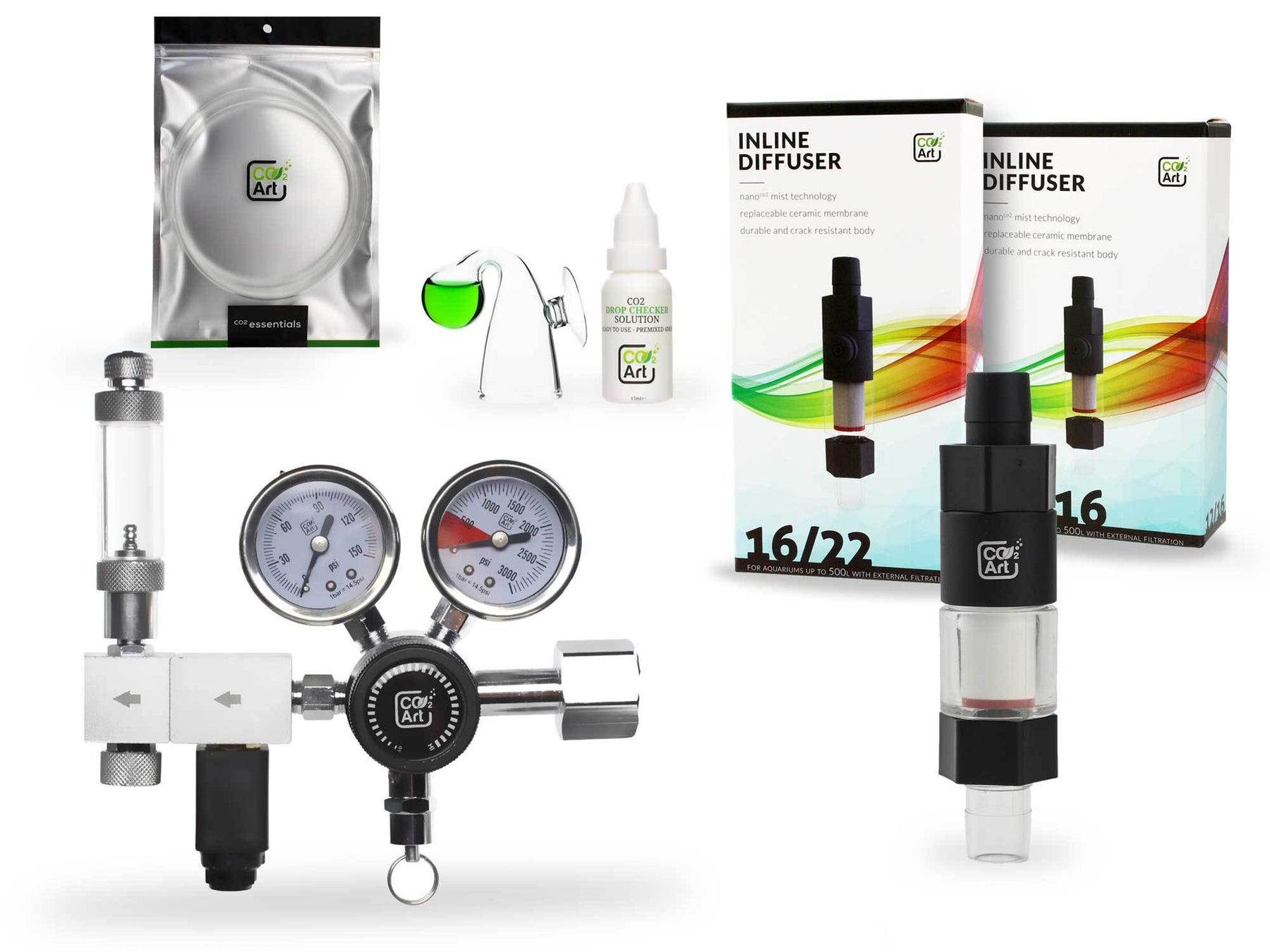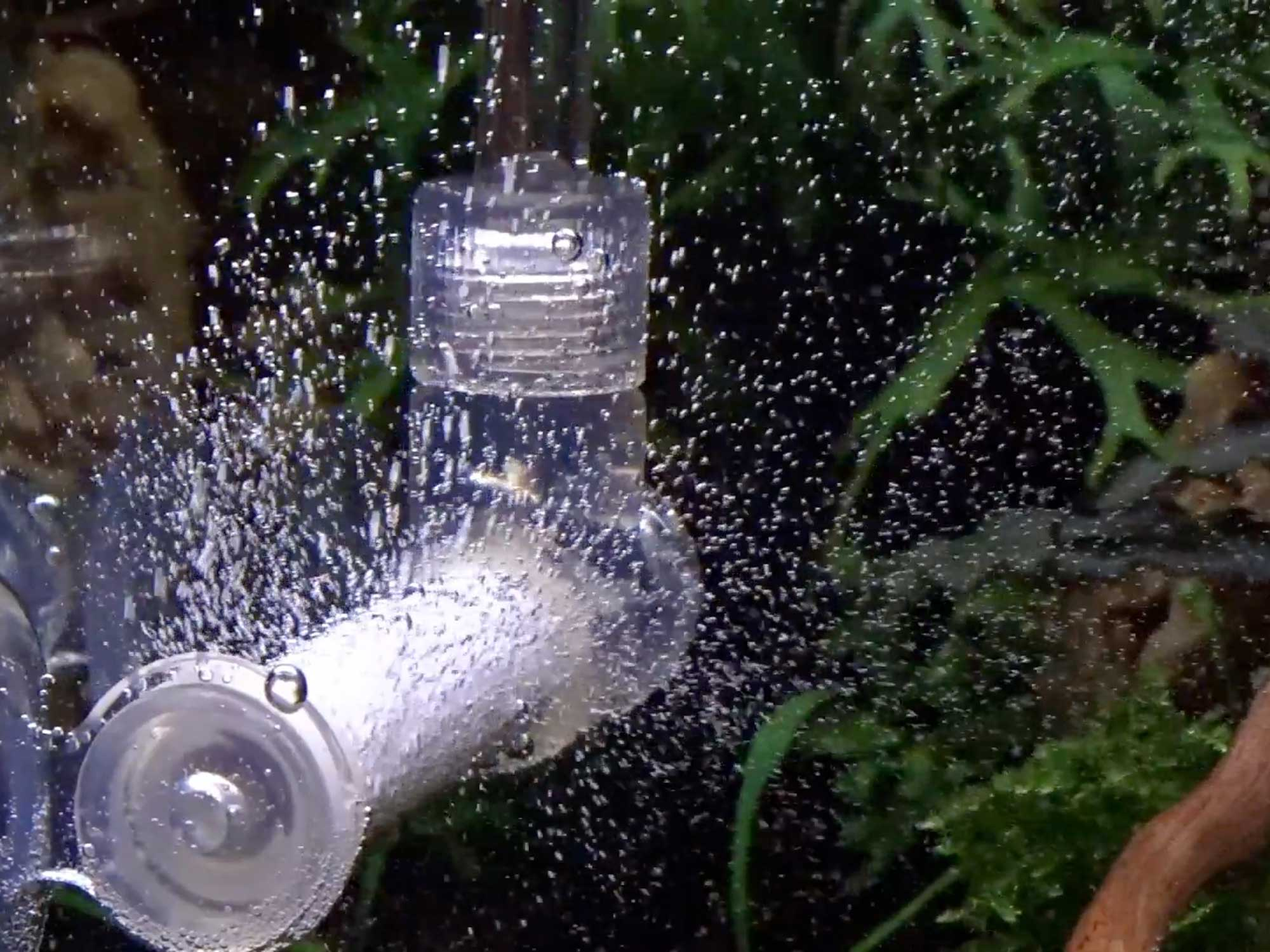Top aquatic plants for a planted cichlid tank
The concept of a cichlid aquarium beautifully combines the vibrant energy of cichlids with the serene beauty of aquatic plants. Embarking on creating a planted cichlid tank offers enthusiasts a unique challenge: to harmonize the lively cichlid behavior with the tranquil presence of greenery. This endeavor not only enhances the visual appeal of the tank but also contributes to a healthier habitat for its inhabitants.
Cichlids, with their diverse array of colors and behaviors, bring life and dynamism to any aquarium. Integrating plants into their environment goes beyond aesthetic enhancement—it creates a more natural and enriching habitat. Successfully establishing a planted cichlid tank requires an understanding of cichlid tank setup ideas that cater to the specific needs of these fascinating fish, paving the way for a thriving aquatic ecosystem.
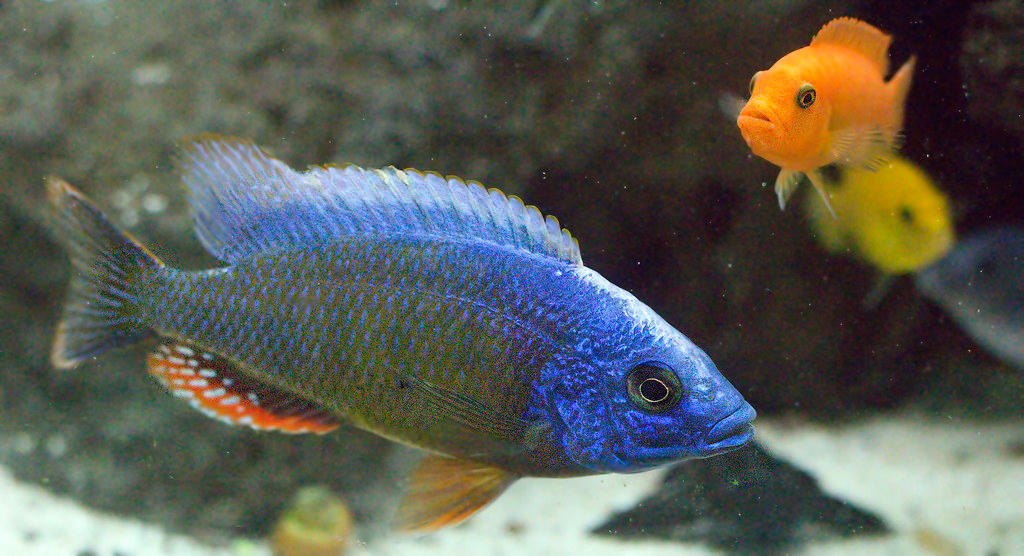
Understanding Cichlid Behavior and Habitat
Cichlids are known for their assertive demeanour and territorial instincts, traits that significantly impact the planning and execution of cichlid tank designs. These behaviors necessitate careful consideration when integrating live plants, ensuring the flora can withstand the cichlids' interaction. The key to a harmonious planted cichlid tank lies in mimicking the cichlids' natural habitats, which often feature rocky outcrops and sparse vegetation, to provide both hiding places and territorial boundaries within the tank.
The question of what fish can live with cichlids is also addressed by understanding their natural environments and behaviors. By replicating conditions akin to their original habitats, aquarists can foster a peaceful coexistence between cichlids and companion species. This approach not only enriches the cichlid fish aquarium experience but also ensures a stable and healthy living space for all tank inhabitants, supported by strategic plant choices and layout designs that reflect the pH for cichlids and other specific requirements.
Benefits of Adding Plants to Cichlid Tanks
Incorporating live plants into cichlid tanks introduces a host of benefits, enhancing both the aesthetic and ecological aspects of the aquarium. Plants play a crucial role in oxygenating the water, absorbing nitrates, and providing shelter and breeding grounds for fish. This natural integration helps maintain balanced water parameters and reduces stress among the tank's inhabitants, creating a healthier environment conducive to the vibrant display of cichlid behaviors and interactions.
Moreover, a planted cichlid tank elevates the overall beauty of the setup, offering a lush backdrop against which the vivid colors of cichlids stand out. Aquarists can explore various cichlid tank setup ideas that incorporate plants, turning their aquariums into captivating underwater landscapes. The presence of plants not only supports the well-being of cichlids but also contributes to a dynamic and engaging aquascape, inviting observers into a beautifully complex underwater world.
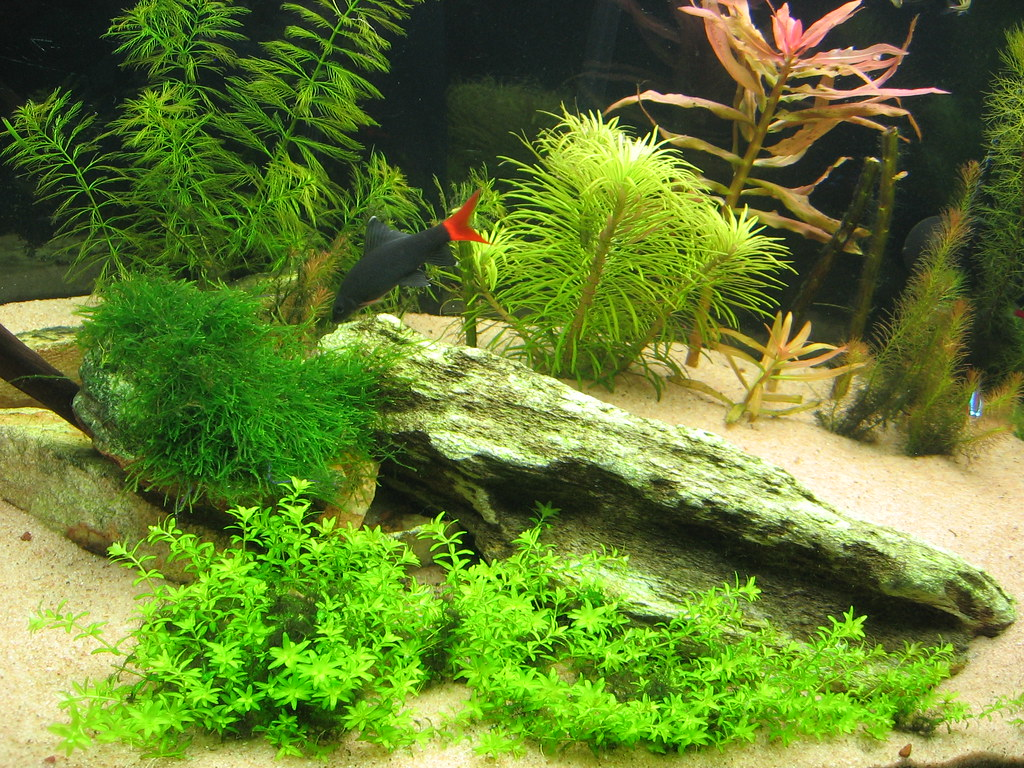
Criteria for Choosing Cichlid-Safe Plants
Selecting plants for a cichlid aquarium involves careful consideration of several factors to ensure compatibility and durability. Plants must be able to withstand the active digging and rearranging behaviors common among cichlids, necessitating choices that are tough, resilient, and capable of rooting firmly in the substrate. This selection process is crucial for creating a planted cichlid tank that remains beautiful and functional over time, despite the cichlids' natural tendencies.
Additionally, understanding the pH for cichlids and their specific environmental needs helps in choosing plants that can thrive under similar conditions. Opting for species that are adaptable to the water parameters preferred by cichlids ensures that both flora and fauna can flourish together. By carefully selecting cichlid-compatible plants, aquarists can enhance their tanks' biodiversity and aesthetic appeal, creating lush, vibrant habitats that mimic the natural ecosystems of these fascinating fish.
Anubias: Hardy and Cichlid-Proof
Anubias stands out as a hardy plant ideal for aquarium plants in cichlid tanks, particularly those with African cichlids. Its robust nature allows it to thrive in a variety of conditions, including low light and sand substrate, making it a versatile choice for planted setups. Anubias attaches easily to rocks and driftwood, drawing nutrients directly from the water column, which is beneficial in cichlid tanks where sand substrate is prevalent and nutrient-rich substratemay be less common.
Furthermore, Anubias’ thick leaves and slow growth rate make it less appealing to algae eaters and less likely to be damaged by the bustling activity of fish. This epiphyte plant's ability to grow above the sand substrate, either attached to tank decorations or floating near the water surface, provides African cichlids with ample hiding spots and territories without compromising the plant’s health. Anubias exemplifies the balance between decorative appeal and functionality, offering a hardy plant solution that enhances both the beauty and biodiversity of cichlid tanks.
Java Fern: A Tough Aquatic Plant
Java fern is another hardy plant that thrives in cichlid tanks, especially those housing African cichlids. Like Anubias, it's an epiphyte plant that can grow on rocks or driftwood, absorbing nutrients from the water column. This adaptation makes it suitable for tanks with sand substrate, where root tabs might not be as effective. Java fern prefers low light conditions, aligning well with the natural environment of many cichlid species and ensuring it remains a fast-growing plant amidst the dynamic tank setting.
Its resilience to cichlid behaviour, coupled with its ability to contribute to the tank's aesthetics and biological balance, makes Java fern a favourite among aquarium plants for cichlid tanks. The plant offers a lush backdrop and shelter for fish, while its low light tolerance and minimal substrate requirements facilitate easy care. Additionally, the presence of Java fern helps outcompete algae, maintaining clearer water and a healthier environment for both plants and cichlids.
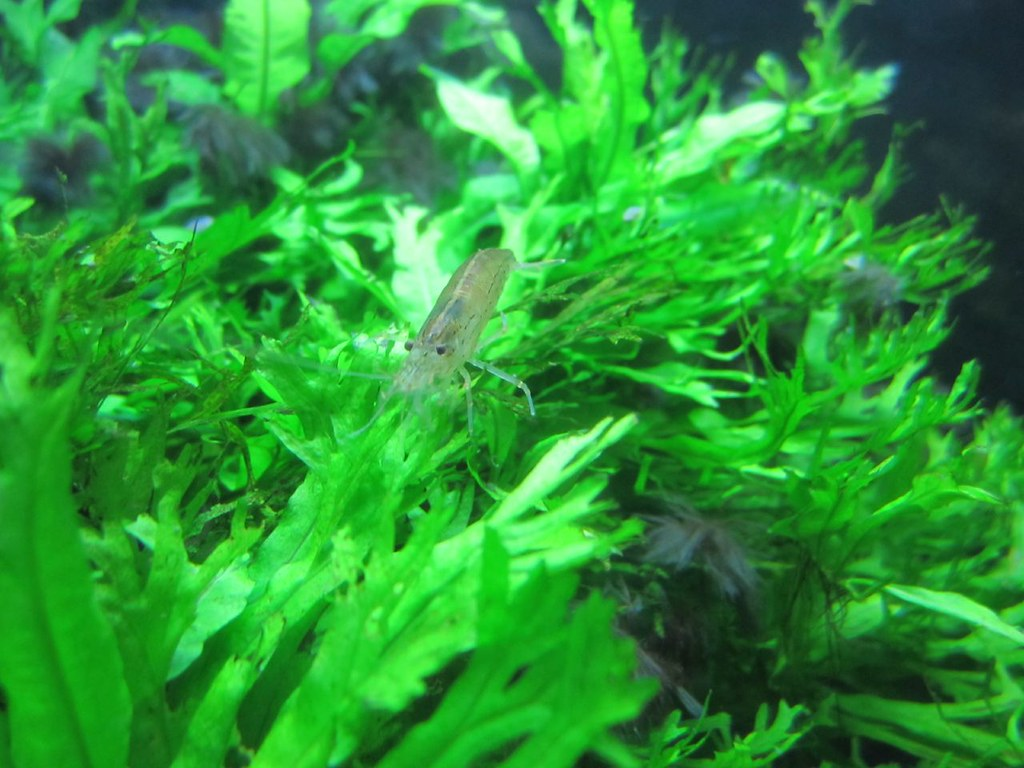
Vallisneria: Creating Underwater Forests
Vallisneria, with its ribbon-like leaves, serves as an excellent backdrop in cichlid tanks, creating the illusion of an underwater forest that can reach the water surface. This fast-growing plant is particularly adept at adapting to various tank conditions, including those preferred by African cichlids. Its robust growth pattern not only provides a stunning visual effect but also offers hiding spaces and spawning grounds for fish. Planted in a nutrient-rich substrate or supported with root tabs, Vallisneria thrives, drawing nutrients efficiently from both the substrate and the water column.
Despite being a rooted plant, Vallisneria can do well in sand substrate, making it compatible with typical cichlid tank setups. Its ability to grow in low light conditions further enhances its appeal for aquarium hobbyists. The long, flowing leaves of Vallisneria not only contribute to the tank's aesthetics but also play a crucial role in the ecosystem by oxygenating the water and helping control algae growth, thus maintaining a cleaner and more balanced environment for cichlid species.
Cryptocoryne: Versatile and Low-Maintenance
Cryptocoryne is a group of aquarium plants known for their versatility and minimal care requirements, making them suitable for planted cichlid tanks. These plants are celebrated for their ability to adapt to various water conditions, including the specific pH for cichlids, and can flourish in both sand substrate and low light environments. Cryptocoryne provides a lush, colourful foreground or midground presence in the tank, contributing to a diverse aquascape that mimics natural cichlid habitats.
The unique leaf shapes and colours of Cryptocoryne species add depth and interest to the aquarium, while their slow, steady growth reduces maintenance efforts. They prefer stable conditions, gradually acclimating to new environments, which aligns well with the needs of many cichlid fish. Utilising root tabs can enhance their growth without disturbing the sand substrate, making Cryptocoryne an excellent choice for hobbyists seeking planted aquarium ideas that complement their cichlid inhabitants and create a dynamic yet manageable underwater world.
Amazon Sword: A Statement Plant
The Amazon Sword plant, with its broad leaves and impressive size, can serve as a stunning centrepiece in a planted cichlid tank. This hardy plant thrives in a variety of aquarium conditions, making it a popular choice for both novice and experienced aquarists. Amazon Swords require a nutrient-rich substrate to support their large root systems, and root tabs can be used to supplement their nutrient intake in sand substrate environments. Their robust nature allows them to withstand the activities of fish, especially in tanks housing African cichlids known for their digging behavior.
Despite their size, Amazon Swords can adapt to low light conditions, although they flourish under brighter lighting. Their ability to create dense foliage not only enhances the visual appeal of the aquascape but also provides essential shelter and breeding areas for fish. The presence of Amazon Swords in the aquarium contributes to the overall health of the ecosystem by absorbing excess nutrients from the water column, which can help reduce algae growth and maintain water quality.
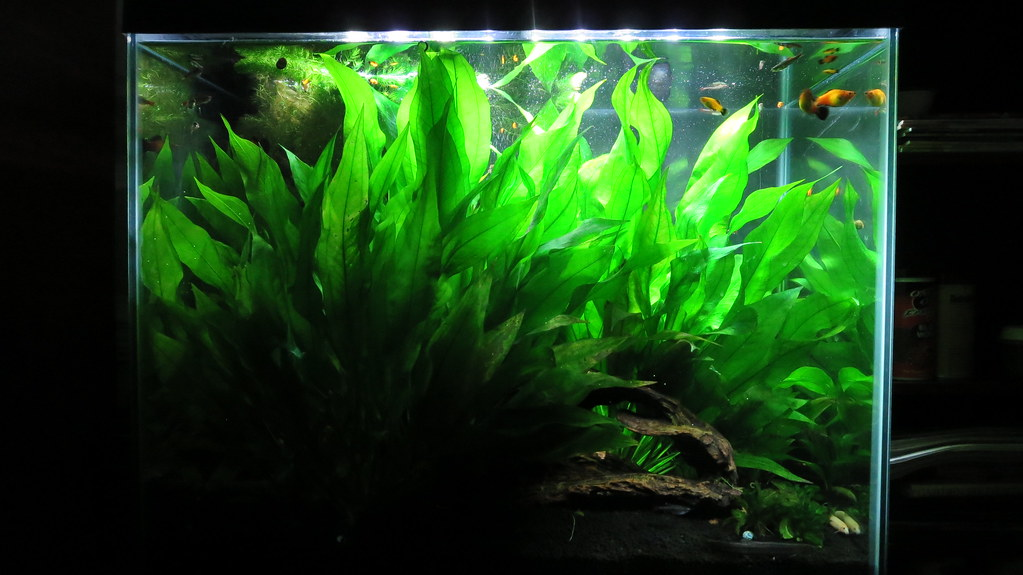
Water Sprite: Fast-Growing and Flexible
Water Sprite is a versatile and fast-growing plant that can be planted in the substrate or allowed to float at the water surface, making it an excellent addition to planted cichlid tanks. As a floating plant, it provides shade and shelter for fish, creating a safe haven for smaller or more timid species that may live with cichlids. When rooted, Water Sprite forms dense, bushy clusters that contribute to the complexity of the aquascape, offering hiding spots and reducing stress among tank inhabitants.
This plant is particularly useful for aquariums with sand substrate, as its floating capability allows it to thrive without the need for root tabs or a nutrient-rich substrate. Water Sprite absorbs nutrients directly from the water column, making it an effective option for controlling nutrient levels and combating algae. Its adaptability to both low light and brighter conditions adds to its appeal, allowing aquarists to incorporate it into various lighting setups and aquascaping designs tailored to their cichlid tank.
CO2 Supplementation for Planted Cichlid Tanks
CO2 supplementation is a game-changer for enhancing plant growth and vitality in planted cichlid tanks. While cichlid fish are adaptable to various aquarium conditions, introducing CO2 can significantly benefit the aquatic plantsthat share their environment. Proper CO2 levels promote lush, healthy plant development, essential for creating a balanced and natural-looking aquascape. However, it's crucial to monitor CO2 concentrations carefully to ensure they remain within safe bounds for both fish and plants, especially considering the specific pH for cichlids that must be maintained.
Implementing a CO2 system requires thoughtful consideration of the tank's dynamics, including lighting, nutrients, and substrate type. African cichlids, for instance, thrive in environments with higher pH levels, which can affect CO2 uptake by plants. Optimizing CO2 supplementation not only boosts plant health and aquascape aesthetics but also improves overall water quality, benefiting the tank's inhabitants. It's an investment in the aquarium's ecosystem, encouraging planted setups to flourish alongside their vibrant cichlid communities.
Aquascaping Techniques for Cichlid Tanks
Mastering aquascaping techniques is key to creating visually stunning cichlid tanks that also cater to the natural behaviours of these fish. Aquascaping in a cichlid aquarium presents unique challenges, such as accommodating fish that may rearrange the landscape or show aggression toward plants. Choosing hardy plant species, like Java Fern and Anubias, that can attach to rocks and driftwood, minimizes disruption and maintains the integrity of the aquascape. Additionally, incorporating floating plants adds diversity to the water column and water surface, offering fish shelter and breeding spots.
Effective cichlid tank aquascaping also involves using sand substrate, favored for simulating African cichlidhabitats, and strategically placing root tabs to nourish rooted plants. Creating zones within the tank—from densely planted areas to open swimming spaces—ensures cichlids have the environment they need to exhibit natural behaviors. By combining these aquascaping strategies with a deep understanding of cichlid species requirements, aquarists can achieve a harmonious and dynamic aquarium that is both beautiful and biologically appropriate.
Maintaining Plant Health in Cichlid Tanks
Ensuring the health of aquarium plants in cichlid tanks involves addressing several key factors, from substrate choice to nutrient management. Cichlid activity, especially in tanks with African cichlids, can challenge plant stability and growth, making the selection of a sand substrate practical yet potentially nutrient-deficient for planted areas. Utilizing root tabs strategically placed beneath the substrate can provide essential nutrients directly to plant roots, compensating for the lack of a nutrient-rich substrate. This approach supports robust plant development, essential for sustaining lush aquascapes in cichlid aquariums.
Furthermore, floating plants and epiphyte plants like Java moss and Java fern offer alternatives that draw nutrientsfrom the water column, lessening the dependency on substrate quality. These plants adapt well to cichlid tanks, providing cover and reducing algae growth by competing for nutrients. Regular monitoring of water parameters and lighting conditions ensures that plants receive the right amount of light without encouraging excessive algae. Balancing these elements helps maintain a vibrant planted cichlid tank where both fish and flora can thrive.
Innovative Ideas for Planted Cichlid Tanks
Exploring innovative ideas for planted cichlid tanks can transform a standard aquarium into an extraordinary underwater landscape. Incorporating aquascaping elements such as terraced layers, using sand substrate for creating depth, and selecting plants that offer contrasting textures and colors can elevate the visual appeal of the tank. For tanks with African cichlids, incorporating rocks and caves alongside hardy plants reflects the rocky shores of the African Great Lakes, providing naturalistic hiding spots and territories for fish.
Experimenting with floating plants can add a new dimension to the tank, creating a dynamic water surface that enhances the sense of depth and complexity in the aquarium. Additionally, utilizing low light tolerant plants alongside targeted LED lights can spotlight certain areas of the tank, drawing attention to the unique behaviors of cichlid specieswithin their thoughtfully designed habitat. These innovative approaches not only cater to the needs of cichlids but also push the boundaries of aquascaping, offering endless possibilities for creativity and engagement in the aquariumhobby.
Conclusion
Cultivating a planted cichlid tank marries the vibrant energy of cichlids with the tranquility of aquatic greenery, offering both challenges and rewards. Selecting durable plants like Anubias, Java Fern, and Vallisneria ensures a harmonious aquarium that benefits fish and flora alike. Key strategies, such as adapting CO2 supplementation and optimizing nutrients, are crucial for a flourishing aquascape. This guide aims to equip aquarists with the knowledge to create a natural, engaging habitat that supports healthy cichlid life. Embracing these insights allows for an enriching hobby experience, transforming tanks into vibrant ecosystems that captivate and soothe.
Meet our bestseller! The Pro-Elite Series Complete Aquarium CO2 System with New Inline CO2 Diffuser!
